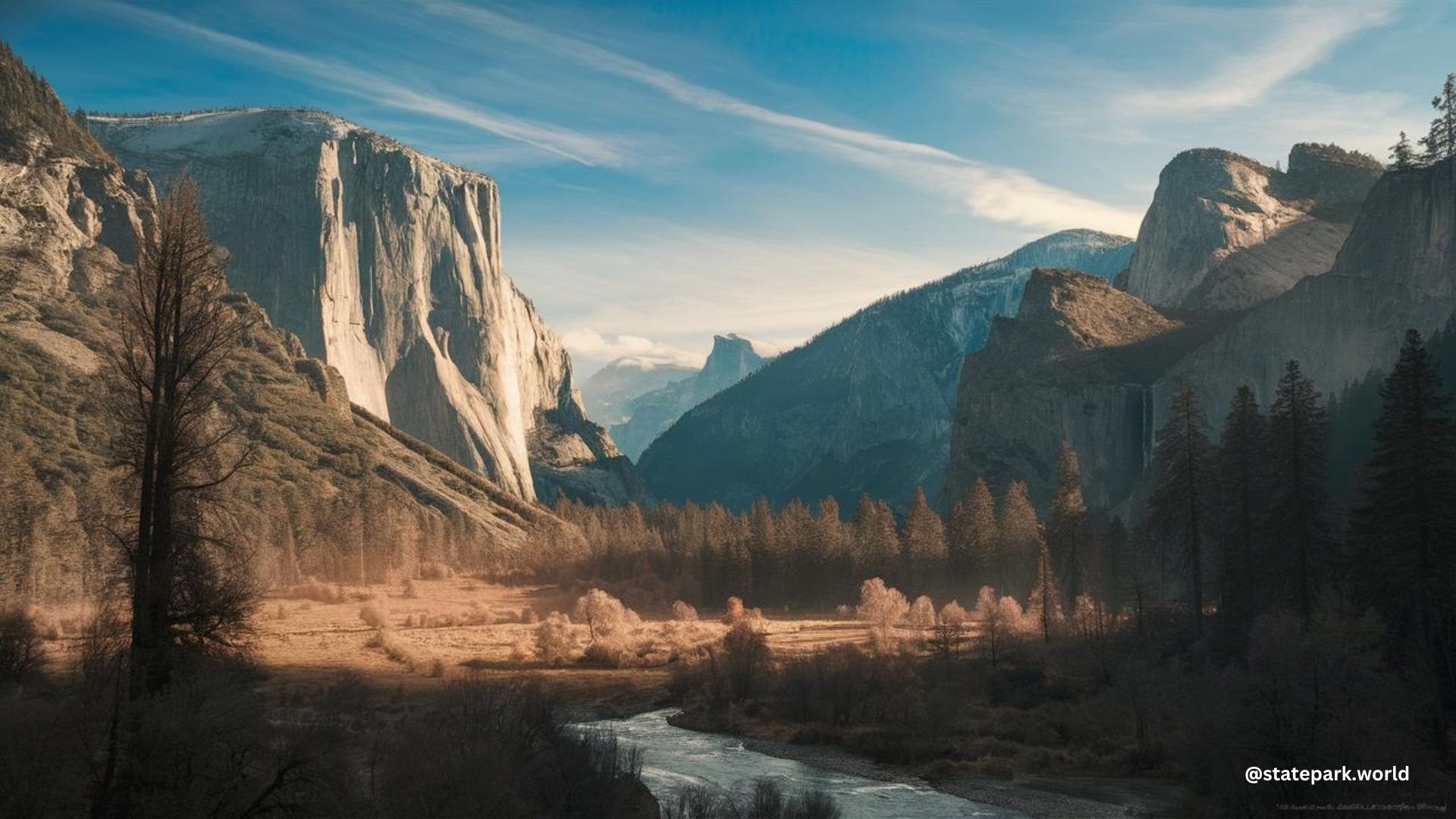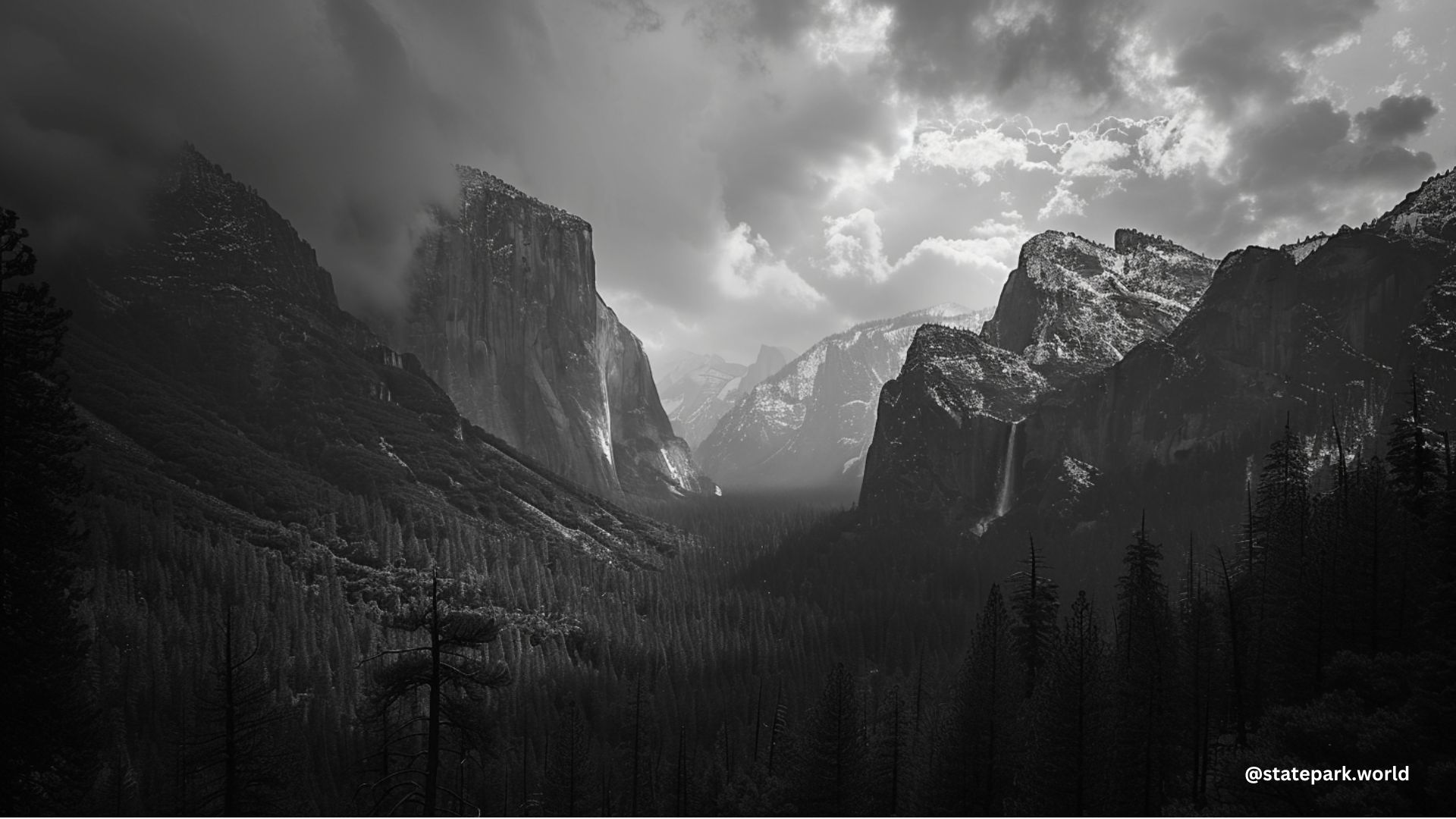The Yosemite National Park Fire Waterfall, also known as the Natural Firefall, is a breathtaking natural phenomenon that occurs at Horsetail Fall in Yosemite National Park. This stunning display of light and water captivates visitors from around the world, drawing them to witness the vibrant orange and red hues that illuminate the waterfall during a brief window of time each February.
What is the Yosemite National Park Fire Waterfall?
The Yosemite National Park Fire Waterfall is a natural occurrence that happens when the setting sun hits Horsetail Fall on the eastern side of El Capitan, creating a mesmerizing display of fiery colors. This phenomenon is highly dependent on the sun’s specific angle of descent, the availability of water in the waterfall, and clear skies.
Viewing the Yosemite National Park Fire Waterfall

To witness the Yosemite National Park Fire Waterfall, visitors must time their visit carefully. The best viewing opportunities typically occur for a few weeks starting in February, when the sun’s position and the waterfall’s water flow align to create the desired effect.
Viewing Locations
Visitors can marvel at the Yosemite National Park Fire Waterfall from various vantage points within the park, including:
- Four Mile Hike
- Taft Point
- El Cap Meadow
- Tunnel View
Reservation and Access
In recent years, Yosemite National Park has implemented a reservation system during the peak viewing period in February to regulate the influx of visitors. In 2022, reservations were required for the entire month, while in 2023, they were necessary for weekends only. A parking pass ($35) and a $2 reservation fee are also required to view the Firefall.
Factors Affecting the Yosemite National Park Fire Waterfall
The Yosemite National Park Fire Waterfall is a delicate natural phenomenon that is influenced by several factors:
Water Flow
For Horsetail Fall to have a sufficient flow, there must be snow on the ground that can melt during the day and provide water for the waterfall. The temperature must also be warm enough to facilitate this snowmelt.
Weather Conditions
Clear skies are essential for the optimal viewing experience of the Yosemite National Park Fire Waterfall. Cloudy or overcast conditions can diminish the vibrant colors and the overall visual impact of the phenomenon.
Historical Context
The Yosemite Firefall was a man-made event that occurred in Yosemite National Park from 1872 to 1968, in which burning hot embers were spilled from the top of Glacier Point to the valley below. This practice was eventually discontinued due to its impact on the park’s natural resources and meadows.
Capturing the Yosemite National Park Fire Waterfall
Photographing the Yosemite National Park Fire Waterfall can be a challenging but rewarding experience. Photographers must carefully plan their shots, considering factors such as lighting, composition, and the ever-changing nature of the waterfall’s appearance.
Photography Tips
- Arrive early and secure a prime viewing spot to ensure an unobstructed view.
- Use a tripod to stabilize your camera and capture long exposures for a smooth, silky effect.
- Experiment with different focal lengths and compositions to find the most captivating angles.
- Be prepared to adjust your settings quickly as the lighting conditions change rapidly during the sunset.
Conclusion
The Yosemite National Park Fire Waterfall is a truly remarkable natural spectacle that draws visitors from around the world. With its vibrant colors, stunning backdrop, and fleeting nature, this phenomenon is a must-see for anyone exploring the wonders of Yosemite National Park. Whether you’re a seasoned photographer or a nature enthusiast, the Yosemite National Park Fire Waterfall is sure to leave a lasting impression.

